John Hurrell – 27 December, 2017
You can tie his austere geometric practice in with seventies international op artists like Jesus Rafael Soto, or users of geometric linear systems (Sol Lewitt, mid career Josef Albers), perhaps even also admiring his working drawings more than the final sculptures he ended up with, much like one might with say, existential surrealist Alberto Giacometti. (And in New Zealand, Sydow's practice has affinities with the great modular perspectival paintings of Ray Thorburn.)
Carl Sydow
Sydow: Tomorrow Never Knows
Text: Peter Vangioni
Designer: Peter Bray
Colour and b/w illustrations
Softcover, 32 pp
Christchurch Art Gallery Te Puna o Waiwhetu, 2017
This publication accompanies the exhibition of the same name held in Christchurch Art Gallery Te Puna o Waiwhetu from 25 March to 23 July earlier this year, looking at the wonderful drawings and sculptures made by Christchurch artist Carl Sydow in the five years before his premature death in late 1975, at the age of thirty-five.
You can tie his austere geometric practice in with seventies international op artists like Jesus Rafael Soto, or users of overlapping geometric linear systems (Sol Lewitt, mid-career Josef Albers), perhaps even also admiring his working drawings more than the final sculptures he ended up with, much like one might with say, existential surrealist Alberto Giacometti. (And in New Zealand, Sydow’s practice has affinities with the great modular perspectival paintings of Ray Thorburn.)
Born in Takapau (Hawke’s Bay), Sydow in his teenage years moved with his family to Palmerston North, attending Queen Elizabeth College and becoming friends with fellow art student John Panting. Their art teacher encouraged them to go to Ilam, and so they enrolled at the University of Canterbury in 1959, both being keen on sculpture. In his final year Sydow failed at carving and decided to transfer to Elam in Auckland, where he was stimulated to make much more work.
After receiving an Arts Council Travelling Bursary he and his wife (fellow student) Rosemary, went to London in 1964. In that intellectually fertile environment, he was excited by a new generation of floor-based sculptors who used found or welded industrial materials and enjoyed primary colour, rejecting carving, casting or plinths altogether. He reconnected with Panting and Stephen Furlonger (another friend from Ilam days), fellow kiwis now doing postgraduate studying at the Royal College of Art. (Billy Apple had been studying there four years earlier.)
In 1966 Carl and Rosemary decided to return to New Zealand to raise a family, and he took a job teaching art at Papanui High School in Christchurch. In 1969 after joining the Group, the influential coterie of innovative artist exhibitors, he reactivated his interest in experimental sculpture. Peter McLeavey saw his contributions to the 1969 Group Show, and offered him a show in his famous Cuba St gallery that exposed his work to a wider audience.
In the catalogue Peter Vangioni carefully explains the shifts Sydow’s work went through in the early seventies, moving from coloured hoses threaded through vertical sheets of transparent Perspex, to lengths of doweling, coloured sheets of Perspex and layers of garden trellis, suspended up high horizontally in flexible netting. These led to the later works of metal rectangles of mesh, attached by springs onto vertical steel frames, so that optical moiré effects (accentuated when the screens were vibrating) were experienced by the passing viewer.
I personally am particularly fond of the meandering hose drawings Sydow made with ink. I’m crazy about their mix of apparent indecipherability and systemic clarity—and enjoy visually tracking their undulating lines, each colour, one at a time. (I would dearly love to see a book of all of them.) This well illustrated publication though, designed by Peter Bray, is superb—with a healthy mix of graphic preplanning and documentation of 3D sculpture. Devoid of clutter it sets out the case for Sydow’s art historical importance economically, modestly and with finesse. One of the classiest (small scale) art publications to come out of New Zealand for a long time.
John Hurrell
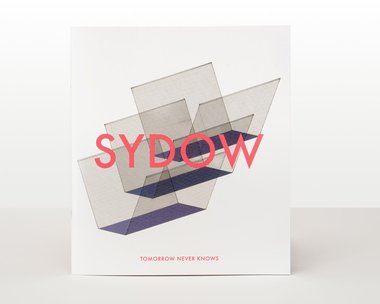
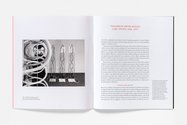
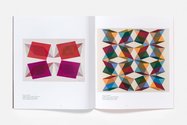
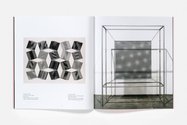
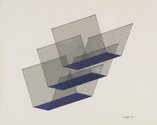
 Two Rooms presents a program of residencies and projects
Two Rooms presents a program of residencies and projects Advertising in this column
Advertising in this column



This Discussion has 0 comments.
Comment
Participate
Register to Participate.
Sign in
Sign in to an existing account.